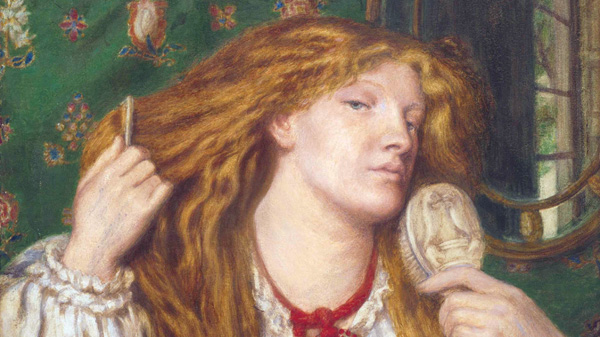In that arcane corner of the Internet known only as the blogosphere, a new grooming phenomenon has begun to gain traction. If you are among those who don’t frequent such cyber-nooks and one of the dwindling number as yet unsubscribed to Instagram, the fad for US$300-a-piece jade combs may have, as yet, passed you by. The question is – are you missing out on a hair and scalp care revolution or have you just body-swerved boosting the coffers of some follically-minded fraudster to the tune of HK$2,400?

Known for their love of self-care, it should come as little surprise that millennials have been beguiled by the hype surrounding jade combs. Ubiquitously promoted as delivering a calming massage while ensuring enhanced blood circulation across the whole of the scalp region, such combs are said to nurture faster and more sustained hair growth. Clearly wanting to manage expectations a little – at least long enough to ensure the “return by” date has passed – the companies behind the combs have been keen to emphasise that it will take at least three months before any benefits become apparent.
In these enlightened times, of course, hair care is no longer just about beauty – it’s also about wellness (a phenomenon not known to exist prior to 1998). So, if your conventional comb merely detangles your hair, without providing a transformation of shamanic proportions, are you truly missing out? Actually, you might be.

The notion of combing as a therapeutic experience isn’t merely a latter-day affectation of Generation Me. In fact, its roots stretch back almost 1,500 years to the time of classical China’s Sui Dynasty (581-618 AD). Back then, it was practiced as an integral part of Tui Na, a form of traditional healing massage. With the head seen as the nexus of every bodily meridian, ritual combing was advocated as a means of ensuring the free flow of qi (life energy).
Tui Na adepts recommend that adherents should run their combs through their tresses at least 100 times before retiring for the night, a practice said to ensure sounder sleep, while also offering several more bouffant benefits. Fast forward a millennium and a half and today’s cyber-clinicians are making very similar promises.
So, is it an uncanny rediscovery of a lost tonsorial tonic or the redeploying of a venerable scalp-related scam on a whole new generation of credulous coiffeur-obsessives for whom bald facts remain forever elusive? Well, we’re happy to testify that a good scalp massage is always relaxing, but as to the restorative properties of jade combs, well, we’ll have to get back to you on that one. In about three months’ time.
Text: Bailey Atkinson



